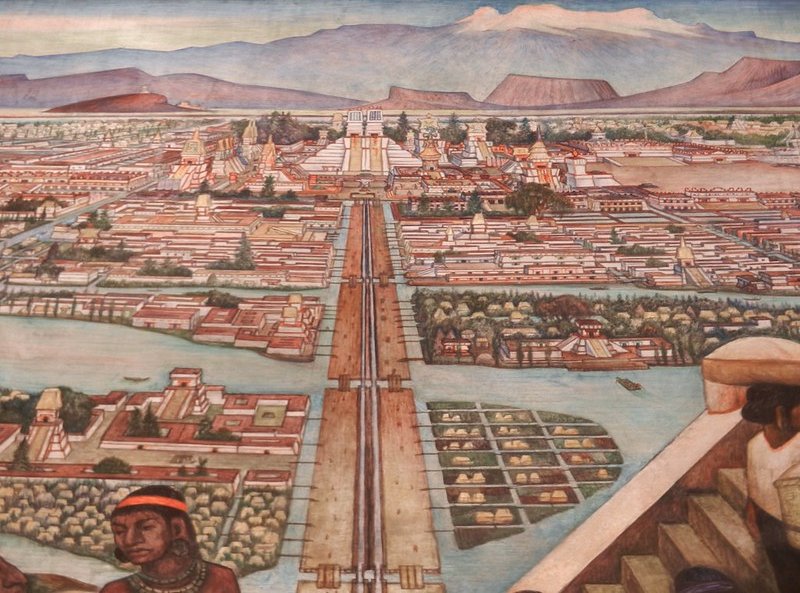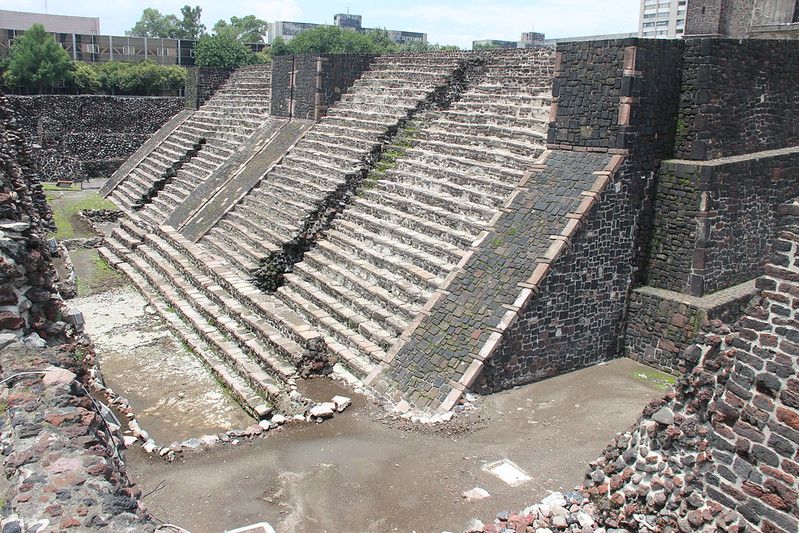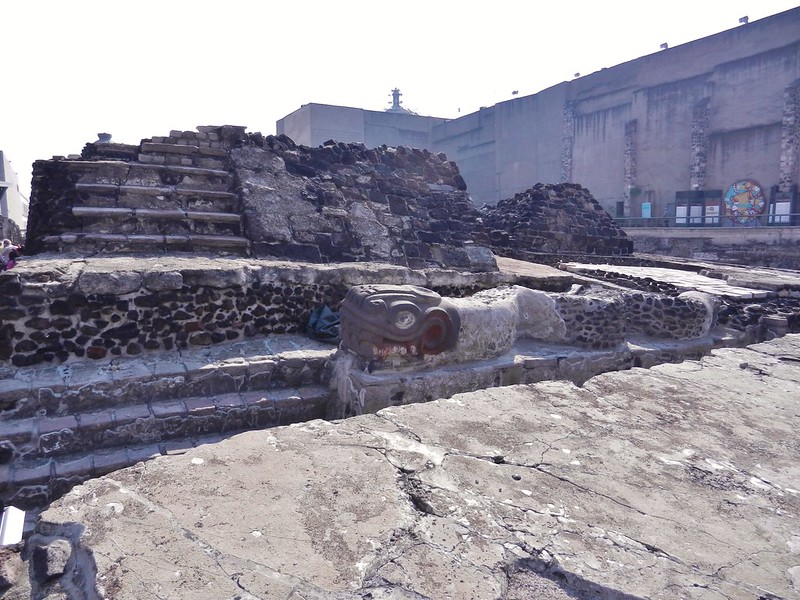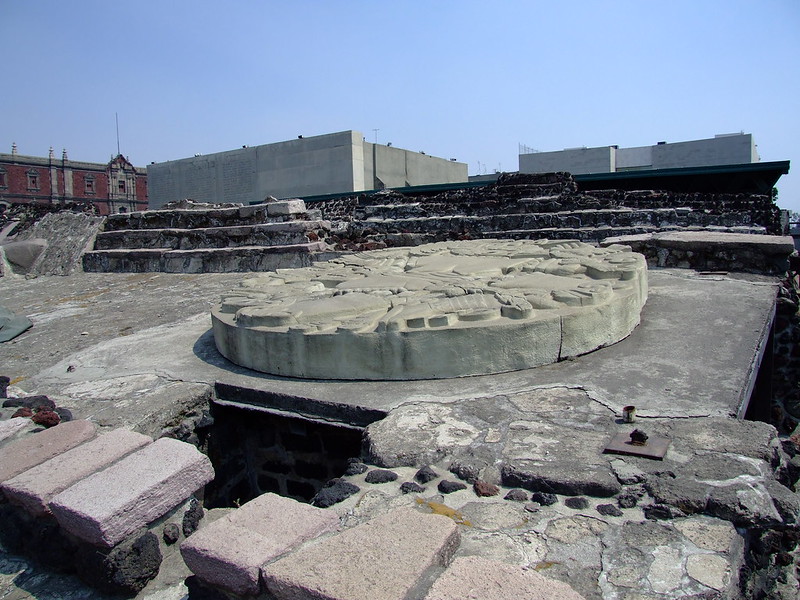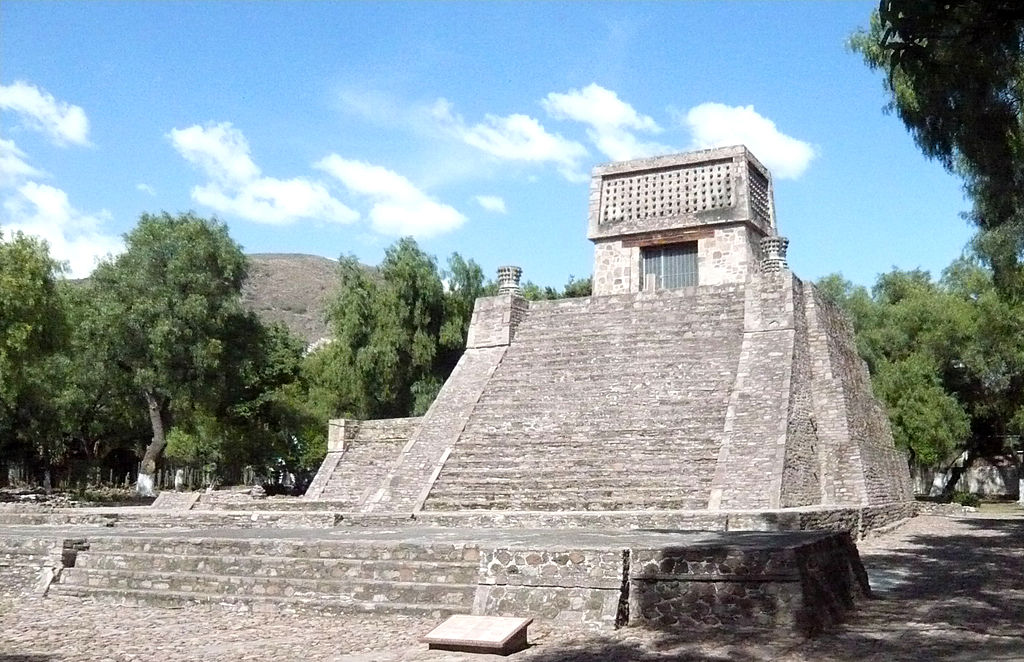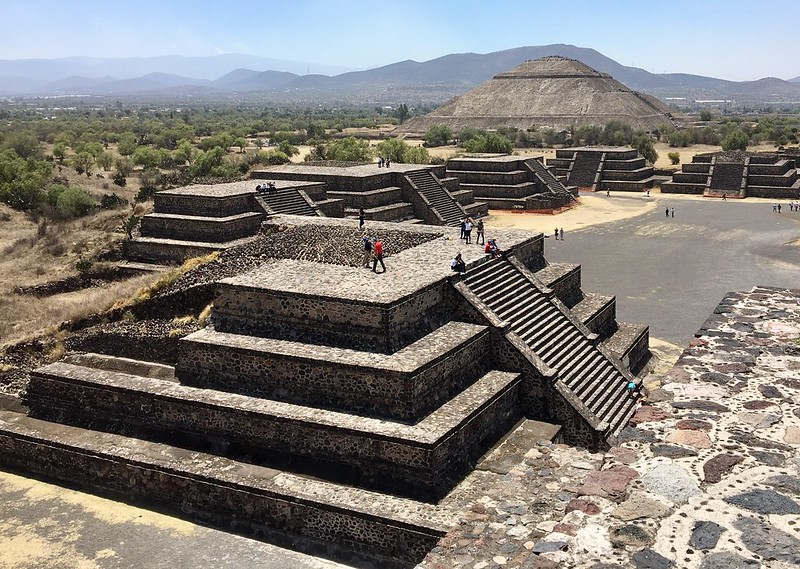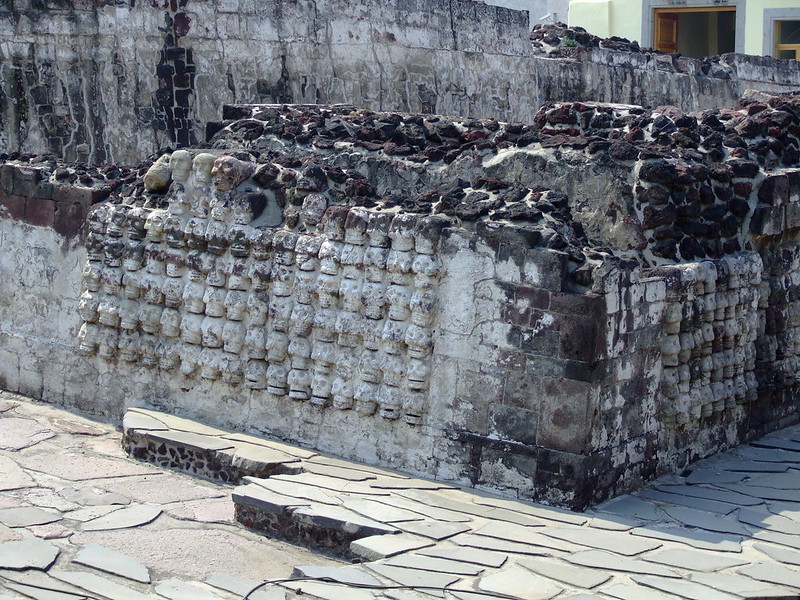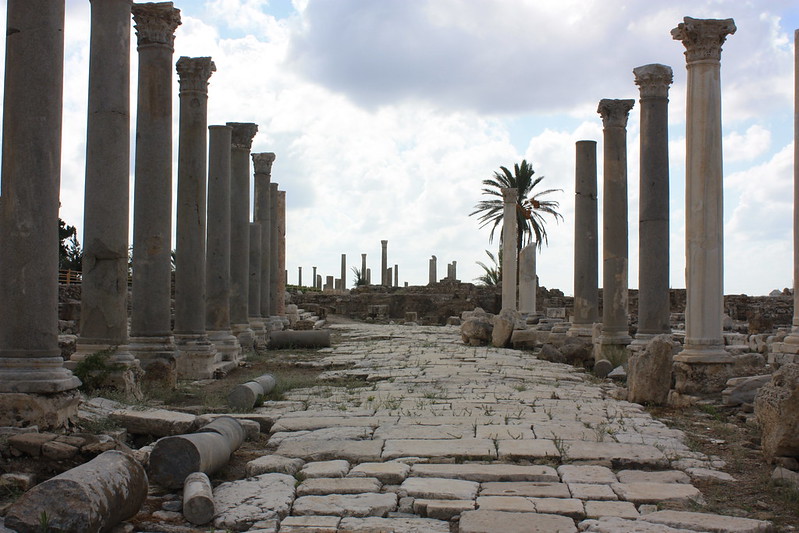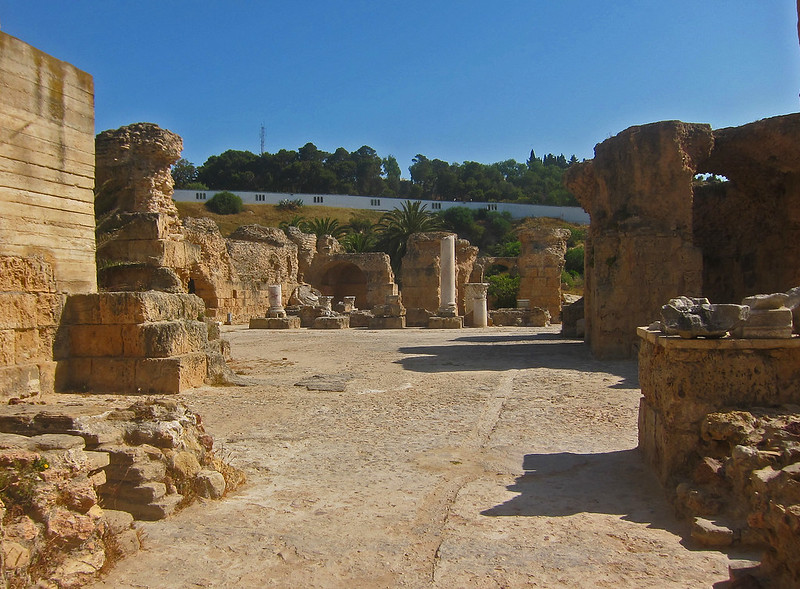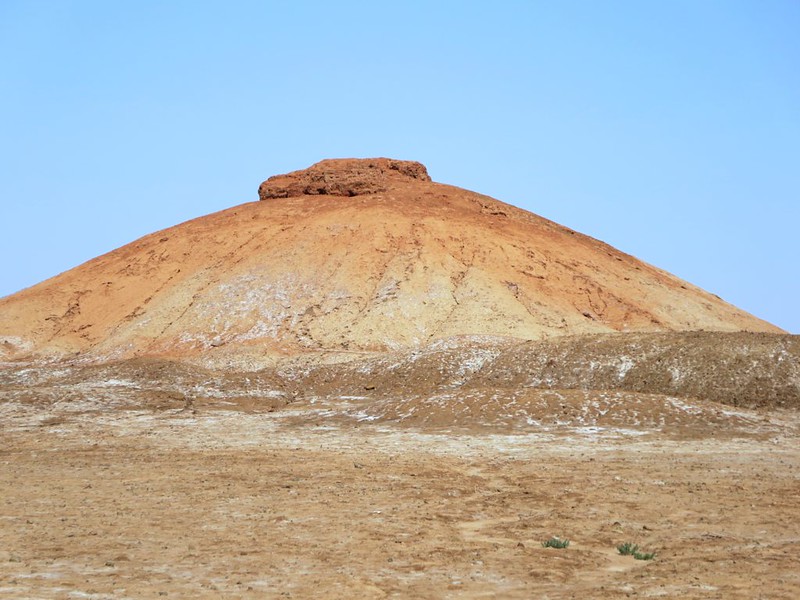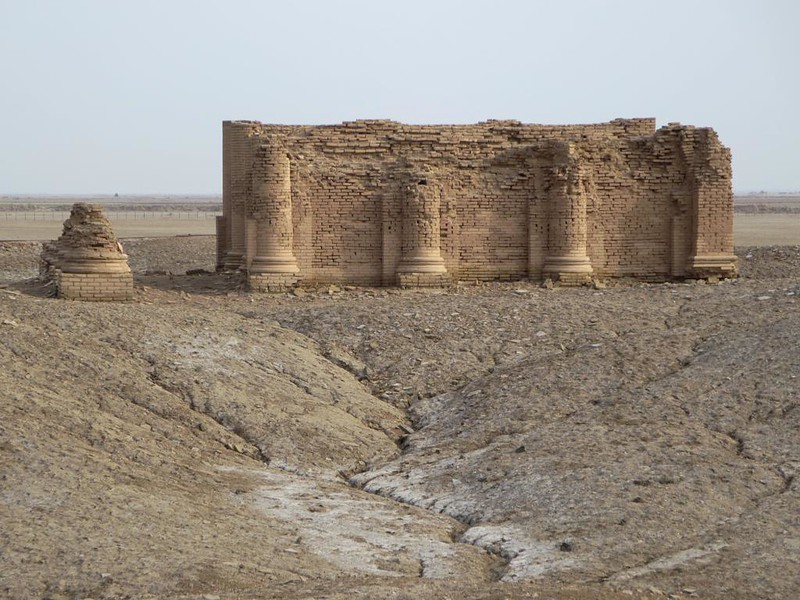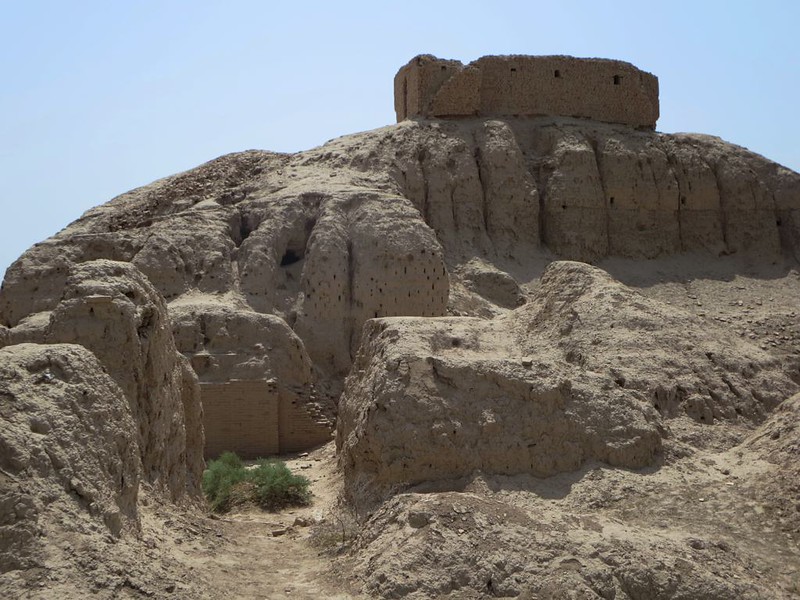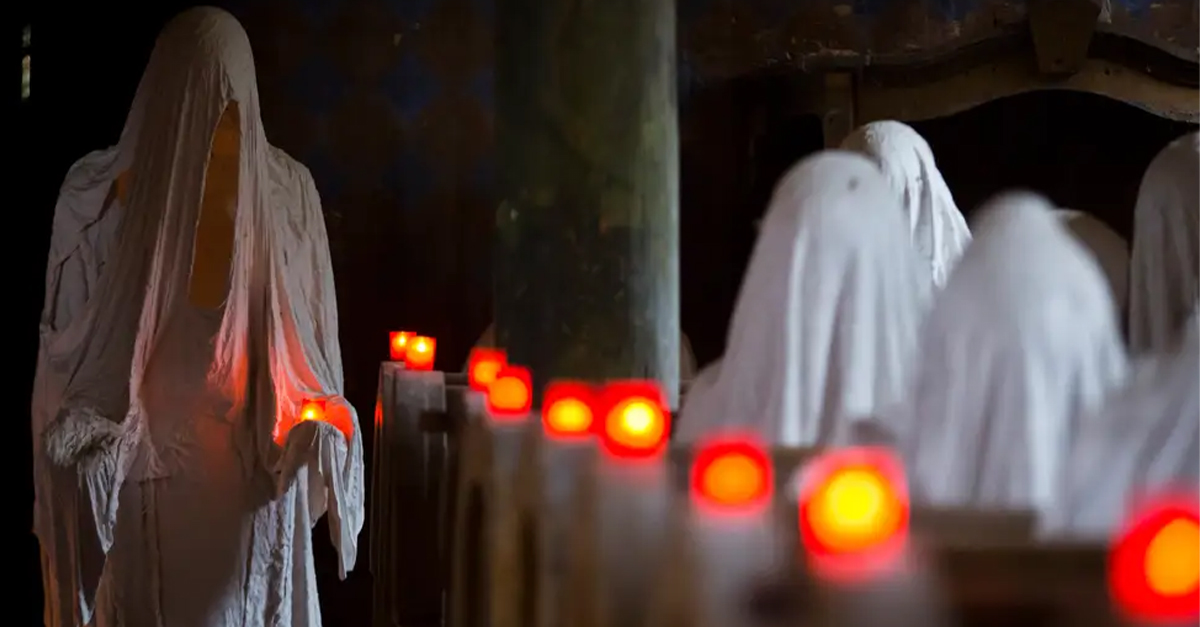The Lost Civilizations
Throughout history, countless mighty civilizations have risen—societies that commanded vast lands, massive armies, and built wonders beyond imagination. Yet, despite all their power and glory, every one of them eventually collapsed into ruins.
So what force is strong enough to bring down a superpower?

The Aztecs Lived In Mexico City
Where Mexico City stands today there was once a beautiful lake surrounded by cities—but the greatest of them was the Mexica city of Tenochtitlan, which floated on the lake itself.
This was the center of the Aztec Empire.
They Farmed On The Lake
When the Mexica arrived in the Lake Texcoco region, the only land left for them was a marshy island on the lake itself. But the Mexica were resourceful and inventive. They built artificial islands out of reeds and farmed directly on Lake Texcoco itself.
What followed was abundance and prosperity.
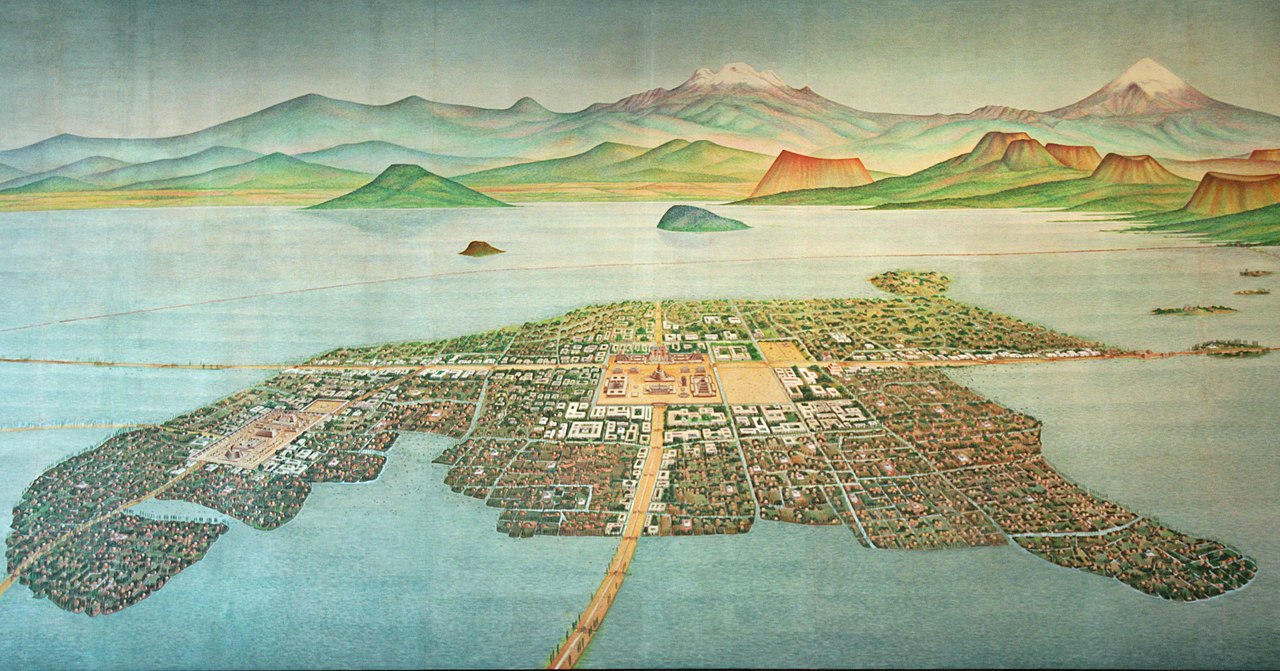 Gary Todd from Xinzheng, Wikimedia Commons
Gary Todd from Xinzheng, Wikimedia Commons
The Aztec Empire
In just a few generations, the Mexica rose from newcomers on Lake Texcoco to rulers of a vast empire. By 1519, the Aztecs controlled 80,000 square miles—stretching from the Atlantic to the Pacific.
 Diego Delso, CC BY-SA 3.0, Wikimedia Commons
Diego Delso, CC BY-SA 3.0, Wikimedia Commons
Their Empire Was Enormous
The Aztecs ruled a population of around six million people—and it all centered around the wondrous city of Tenochtitlan.
They Were Venice Before Venice
Tenochtitlan was a sprawling metropolis, seemingly floating in the middle of the lake. An intricate network of canals wove through massive temples, thriving marketplaces, a luxurious palace, gardens, zoos, and even an aquarium, while three grand causeways connected the city to the mainland.
It Was A True Metropolis
At its height, Tenochtitlan held 200,000 to 400,000 people, making it one of the largest cities in the world—five times the size of London at the same time.
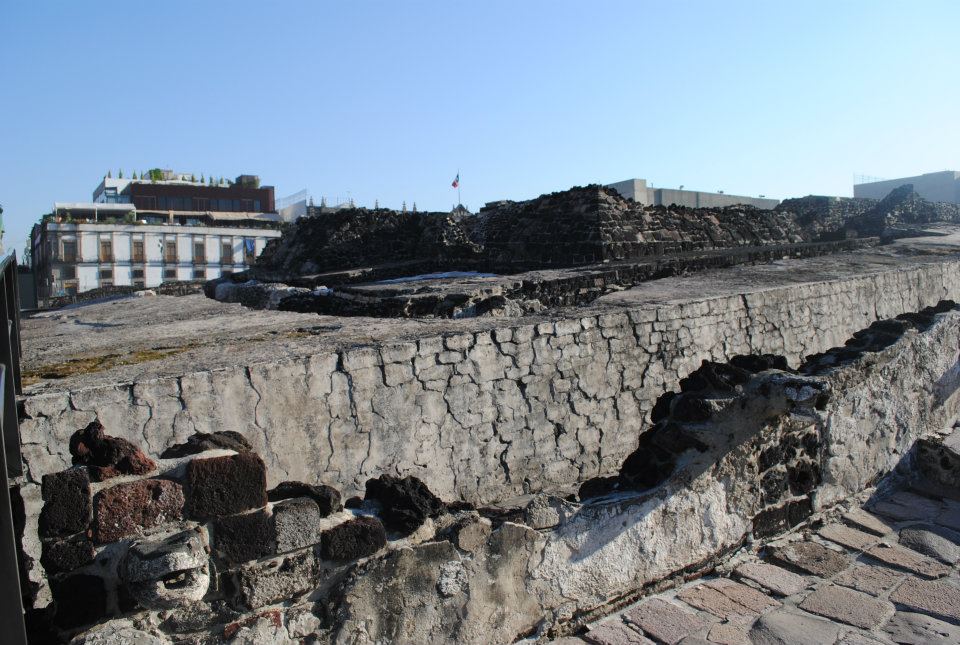 MartinRivasOrtega, CC BY-SA 3.0, Wikimedia Commons
MartinRivasOrtega, CC BY-SA 3.0, Wikimedia Commons
They Thought It Was A Dream
When Spanish conquistadors first laid eyes on the sprawling lakebed city, it felt like a dream—until it turned into a nightmare.
They Were Vicious
The Aztecs didn’t build a massive empire by asking nicely. They were a vicious, warlike culture—and the blood didn’t stop spilling when their battles ended. Human sacrifice was an integral part of their culture.
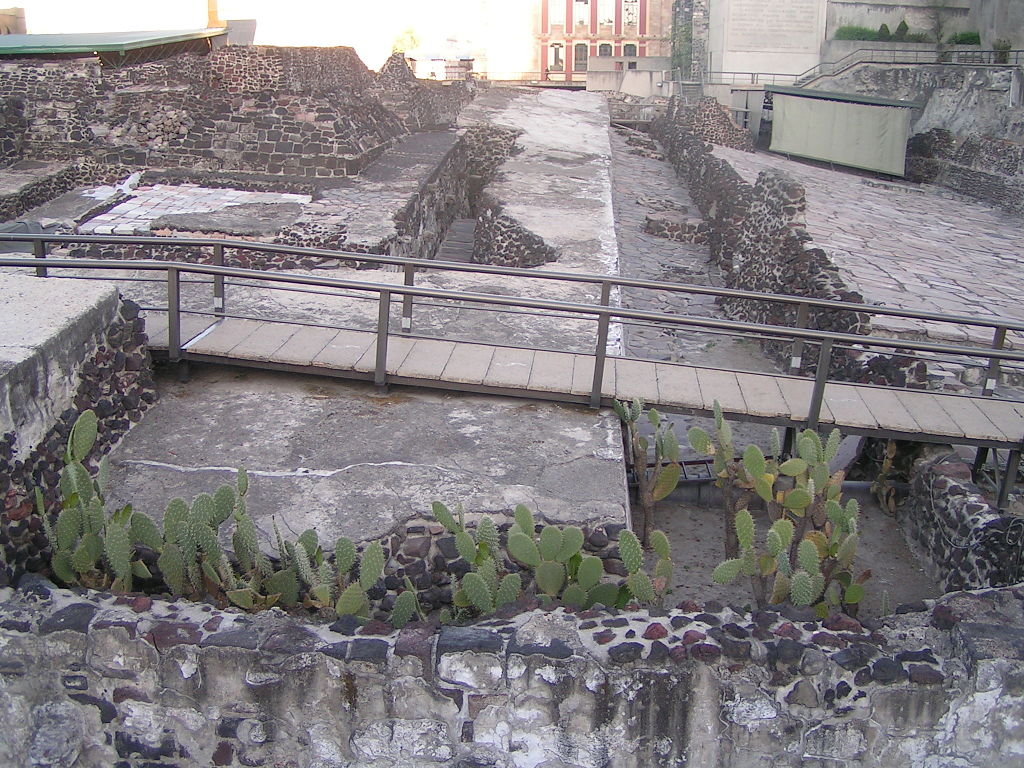 Jan Zatko, CC BY-SA 3.0, Wikimedia Commons
Jan Zatko, CC BY-SA 3.0, Wikimedia Commons
They Cut Their Victims’ Hearts Out
The Aztecs built enormous temples from which they carried out human sacrifice en masse. Victims would be brought to the top of the temple, where a priest would cut their heart out, place it in a bowl, then throw the body town the temple’s massive stairs.
They Sacrificed Thousands
After the Spanish conquest, some reports claimed the Aztecs sacrificed 80,000 people in just four days—likely an exaggeration. Yet even cautious estimates suggest around 20,000 annual sacrifices at the height of their reign.
They Didn’t Make Many Friends
The Aztecs were an incredibly fierce people. Every male Aztec received military training, as the Aztecs maintained their power in the region by subjugating nearby people, extracting tributes by force, and sacrificing victims from the cities they conquered en-masse.
This came back to bite them in the end.
 Gobierno CDMX, Wikimedia Commons
Gobierno CDMX, Wikimedia Commons
It Wasn’t The Spanish
The Aztec Empire was large, but the people it subjugated jumped at the chance to bring it down. When Conquistador Hernán Cortés brought down the Aztec Empire, the vast majority of his force consisted of Indigenous peoples with an axe to grind.
 Unknown Author, Wikimedia Commons
Unknown Author, Wikimedia Commons
The Canals Ran Red
In 1521, with the help of thousands of Indigenous warriors, Cortés conquered Tenochtitlan after a long siege. According to stories, tens of thousands of Mexica bodies floated in the city’s canals by the time the fighting had stopped.
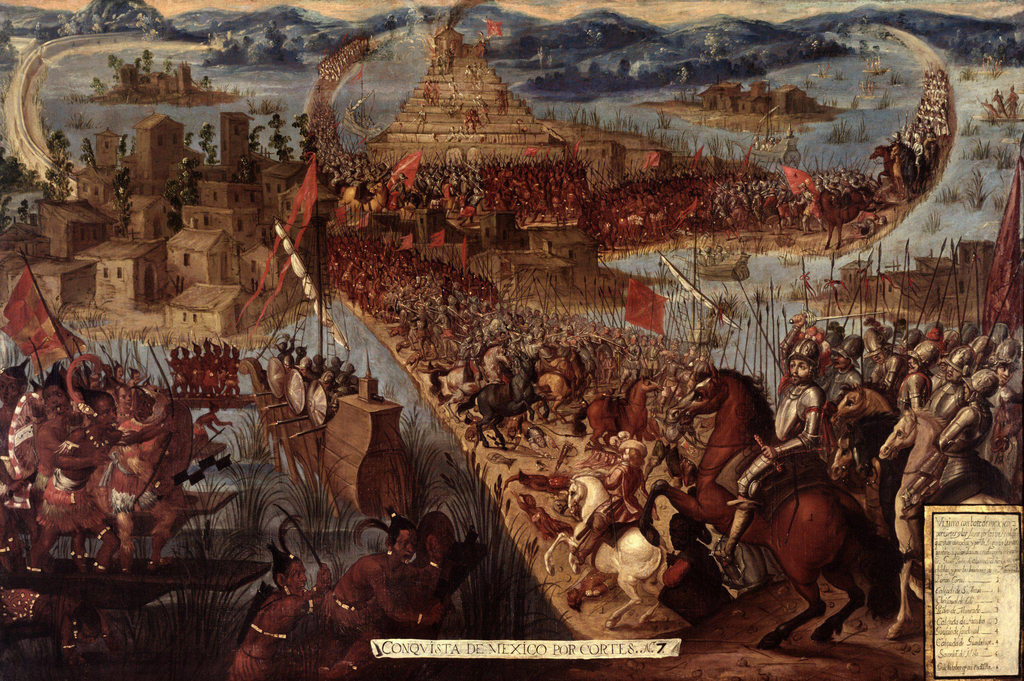 Unknown Author, Wikimedia Commons
Unknown Author, Wikimedia Commons
They Erased The City
Once in control, Cortés wasted no time in dismantling Tenochtitlan, replacing it with Mexico City on its ruins. Within a decade, Spanish efforts to manage flooding drained Lake Texcoco forever.
The Aztecs, along with their magnificent city on a shimmering lake, soon became nothing more than a fading memory.
You Couldn’t Read This Without Phoenicians
Beginning in the Levant on the east coast of the Mediterranean, the Phoenicians were history’s first great seafaring civilization. Their mastery of the waves made them extremely rich through trade, and led to innovations like the first-ever alphabet.
But like today, their homeland was a treacherous place.
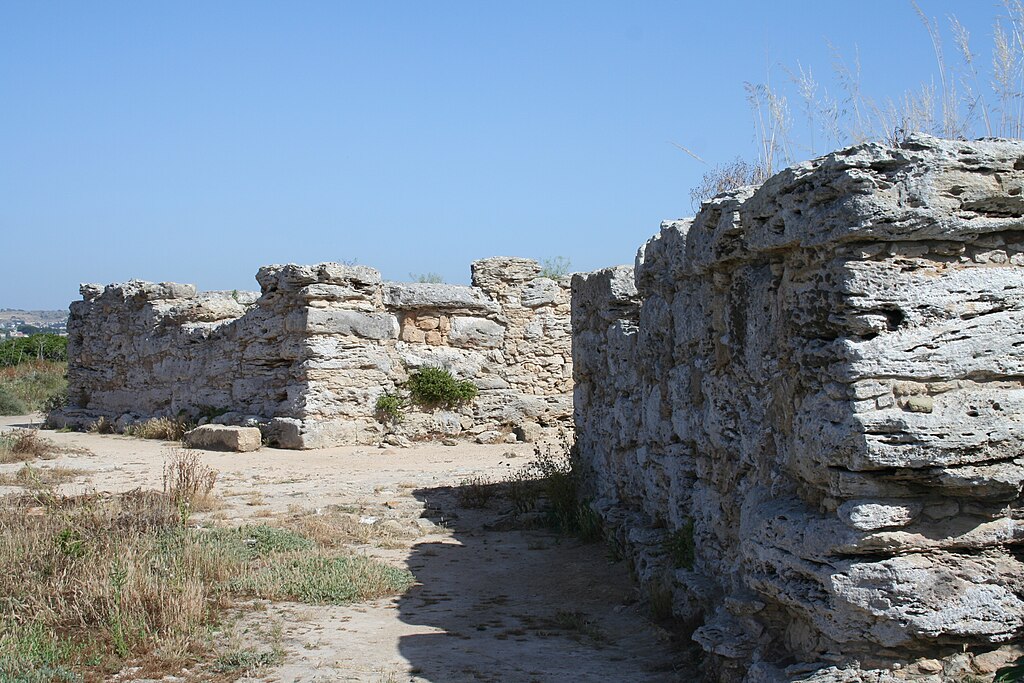 b.roveran, CC BY 2.0, Wikimedia Commons
b.roveran, CC BY 2.0, Wikimedia Commons
They Began From Three Great Cities
The main Phoenician cities were Tyre, Sidon, and Byblos—all of which still exist today. But as the Phoenicians maritime dominance grew, so too did the vicious Assyrian Empire to the east.
 Vyacheslav Argenberg, CC BY 4.0, Wikimedia Commons
Vyacheslav Argenberg, CC BY 4.0, Wikimedia Commons
They Were In A Dangerous Location
Assyrian warlords demanded hefty tributes, and the people of Tyre had little choice but to comply. However, as Phoenician maritime power grew, they established colonies across the Mediterranean.
One of these colonies, far from Assyrian reach in North Africa, soon flourished into a mighty power. This was Carthage.
They Set Off On Their Own
Located in modern-day Tunisia, Carthage started as an important stopping point between the rich mines of Spain and the cities of the Levant. But by the 7th century BC, Carthage had left the Levant behind and become the dominant force in Phoenician culture.
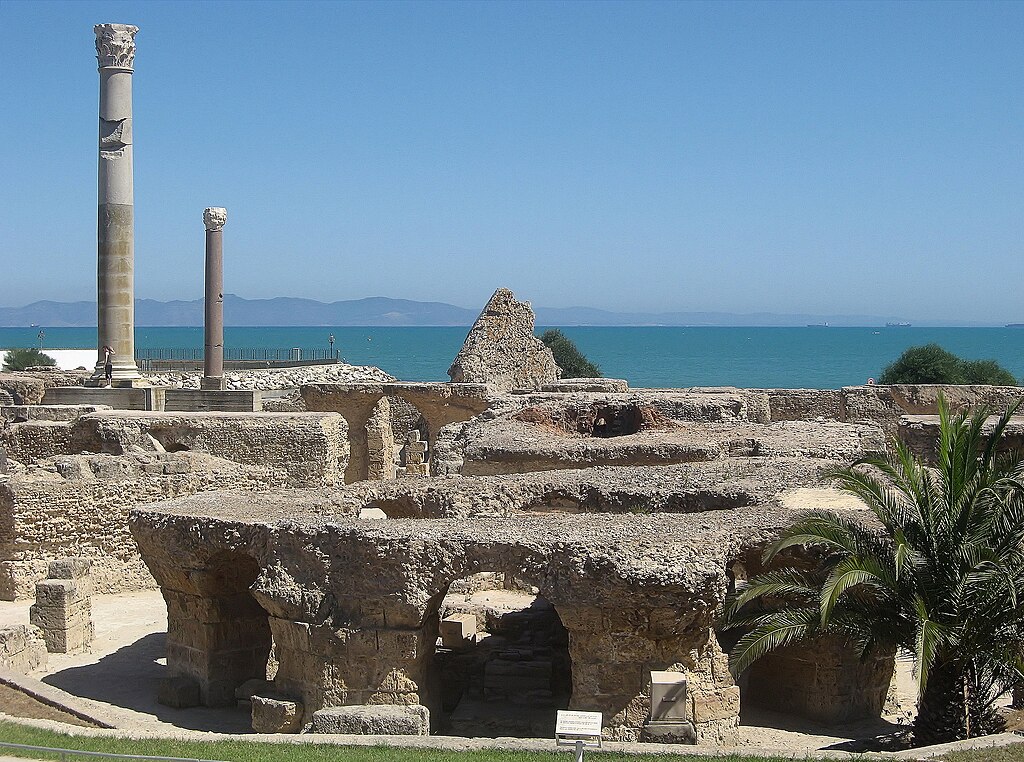 Ludmiła Pilecka, CC BY 3.0, Wikimedia Commons
Ludmiła Pilecka, CC BY 3.0, Wikimedia Commons
They Did Things Differently
Most empires rise to prominence through warfare. The Carthaginians did it through trade. By the 4th century BC, they were arguably the most powerful civilization in the Mediterranean. And that made their capital city of Carthage unbelievably rich.
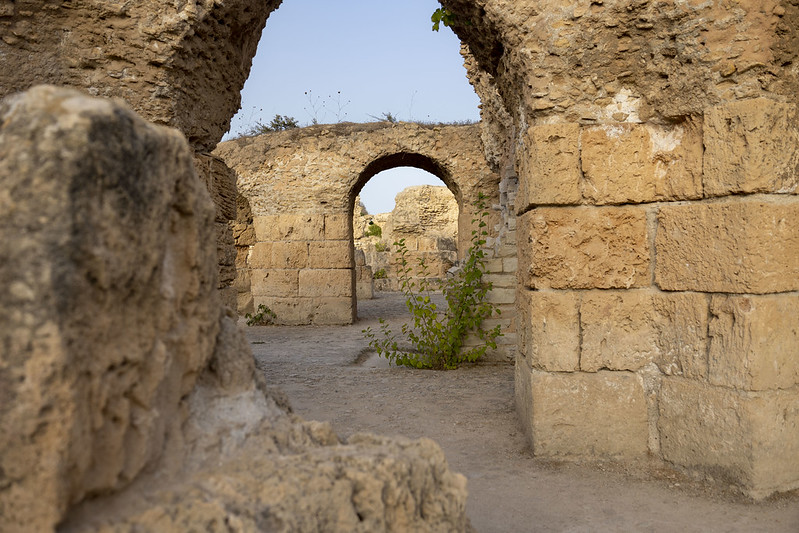 Wyoming National Guard, Flickr
Wyoming National Guard, Flickr
They Made It Beautiful
The city of Carthage was a breathtaking sight. Perched on a peninsula extending into the Mediterranean, the sprawling metropolis was protected by massive walls that stretched nearly 40 kilometers. Overlooking it all stood the Byrsa, a towering citadel atop a hill at the heart of the city.
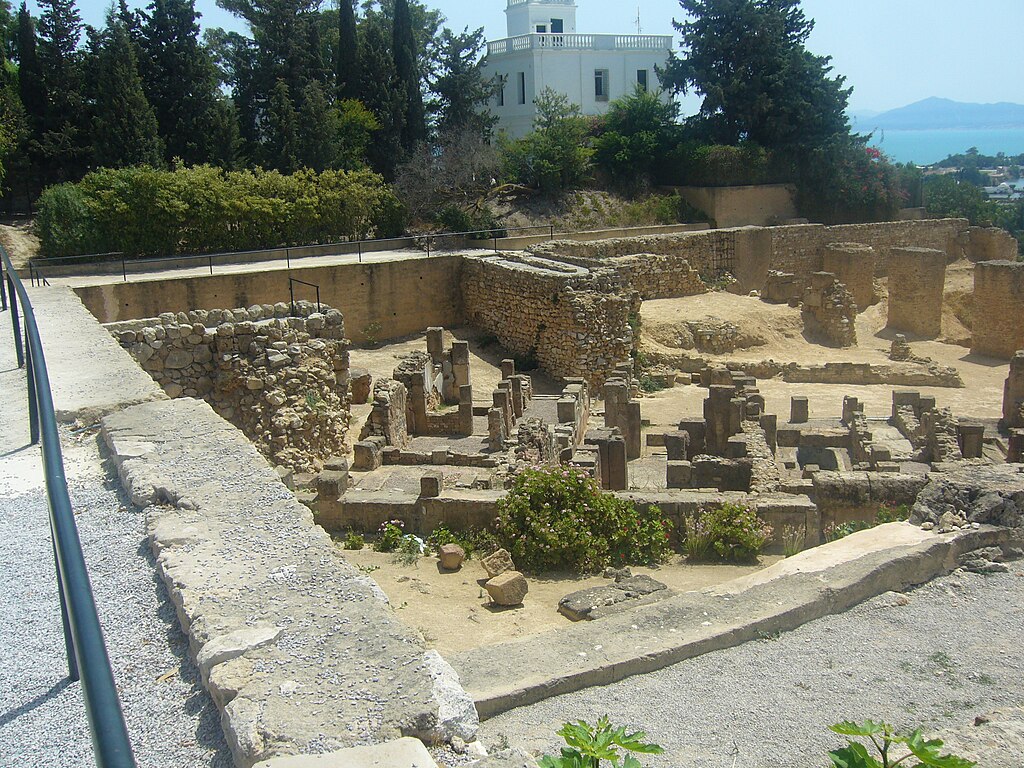 Szymon9, CC BY-SA 4.0, Wikimedia Commons
Szymon9, CC BY-SA 4.0, Wikimedia Commons
They Used The Water
Naturally, for such a maritime culture, the most impressive sights in Carthage were their two great, manmade harbors. The first was for mercantile trade—but deeper in the city lay the war harbor, which housed over 200 warships from Carthage’s fleet.
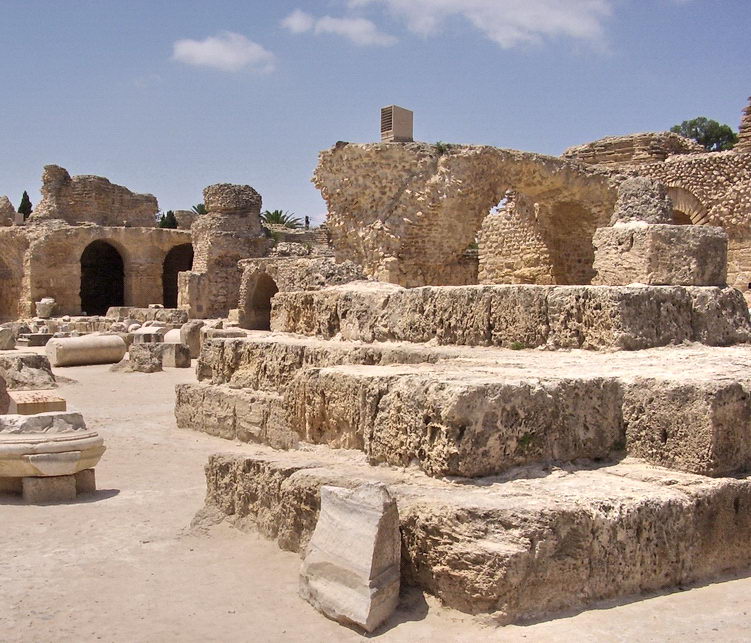 Aymen, CC BY-SA 2.0, Wikimedia Commons
Aymen, CC BY-SA 2.0, Wikimedia Commons
They Lived It Up
Like any self-respecting rich people, the Carthaginians knew how to live large. Wealthy merchants built verdant estates in the nearby countryside and enjoyed delicious foods from all over the Mediterranean.
But there was a dark side to their culture as well.
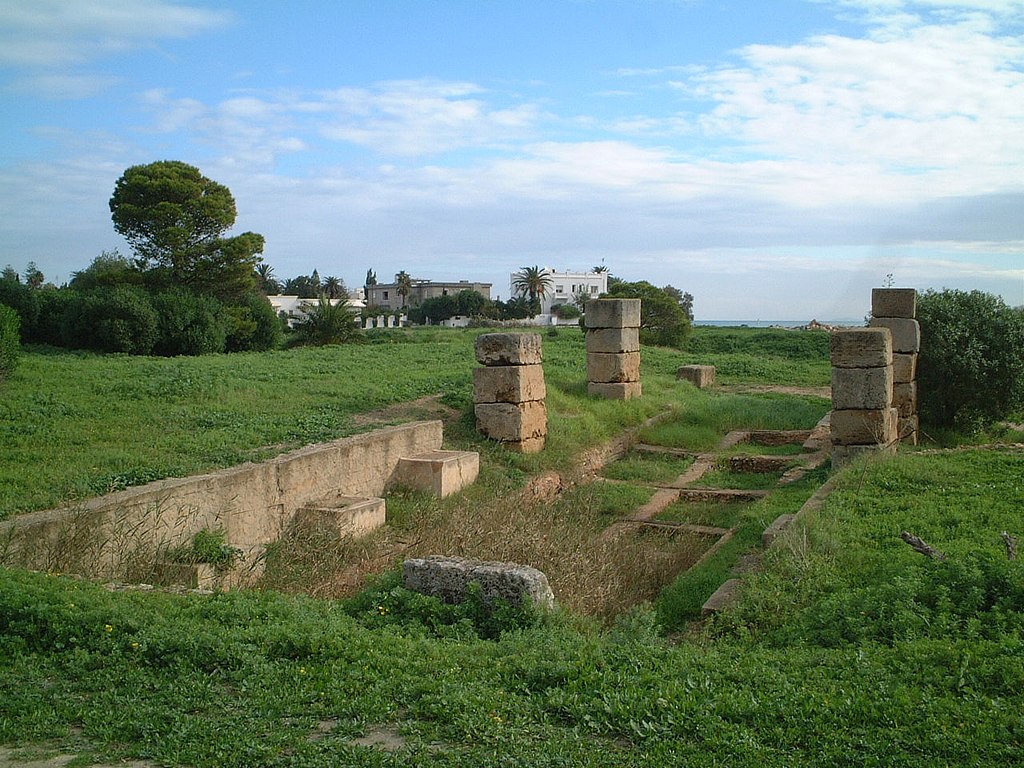 Neil Rickards, CC BY 2.0, Wikimedia Commons
Neil Rickards, CC BY 2.0, Wikimedia Commons
They Gave Up The Kids
One aspect of Carthaginian culture was so twisted that historians thought for years that it must have been an exaggeration: The people of Carthage practised wide-scale child sacrifice.
And believe it or not, it’s even worse than it sounds.
 Pradigue, CC BY-SA 3.0, Wikimedia Commons
Pradigue, CC BY-SA 3.0, Wikimedia Commons
They Sacrificed
The city of Carthage contained a sacred area called the Tophet. When archaeologists first started investigating the site, they made a chilling discovery: The vast majority of the remains in the Tophet were those of children.
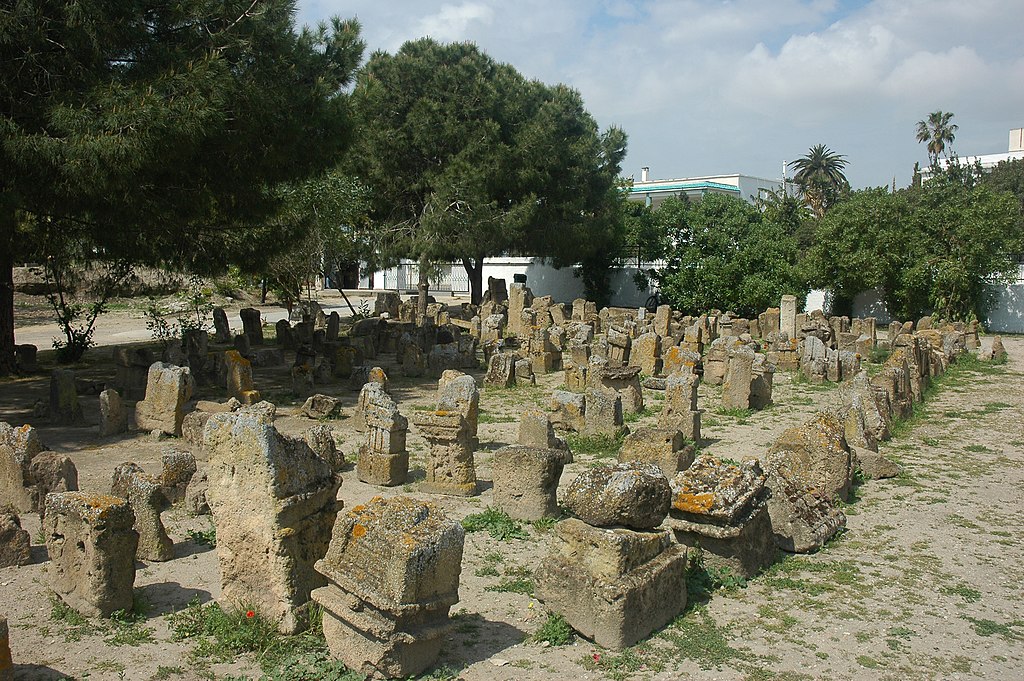 GIRAUD Patrick, CC BY-SA 2.5, Wikimedia Commons
GIRAUD Patrick, CC BY-SA 2.5, Wikimedia Commons
They Were Notorious
The Greeks and Romans, fierce rivals of Carthage, claimed the Carthaginians sacrificed children. For centuries, historians dismissed these accounts as propaganda.
Yet the Carthage tophet reveals a far different truth.
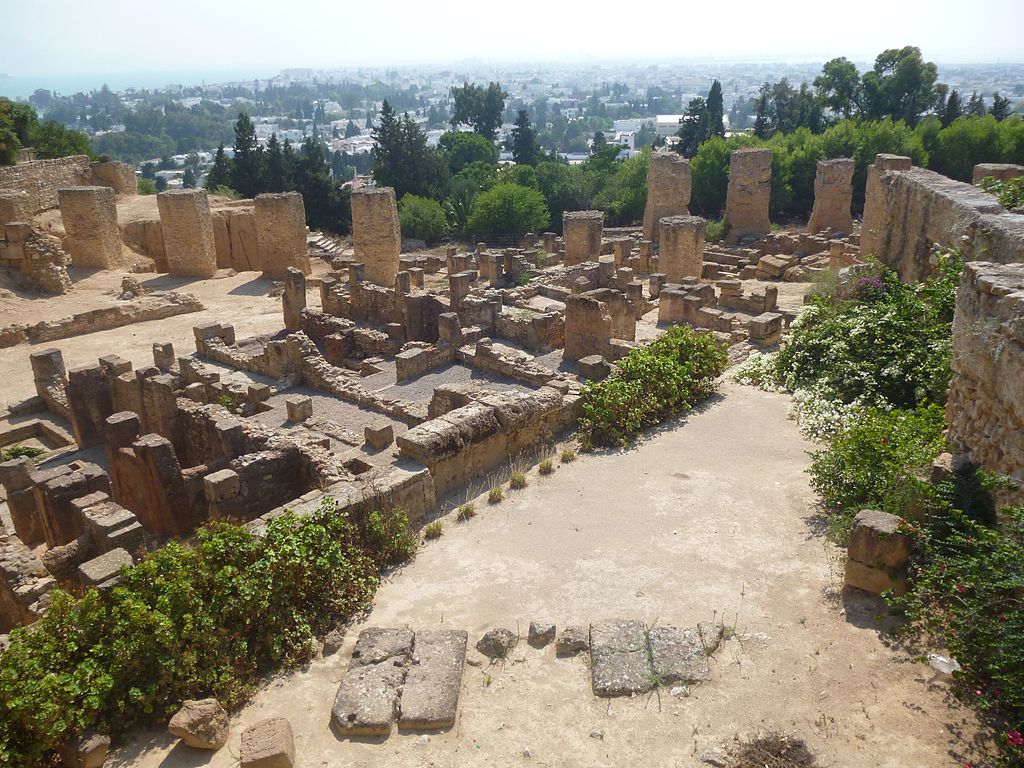 Christian Manhart, CC BY-SA 3.0, Wikimedia Commons
Christian Manhart, CC BY-SA 3.0, Wikimedia Commons
They Did The Worst
Though historians have yet to agree on what role child sacrifice actually played in Carthaginian society, it was definitely far more common than once believed.
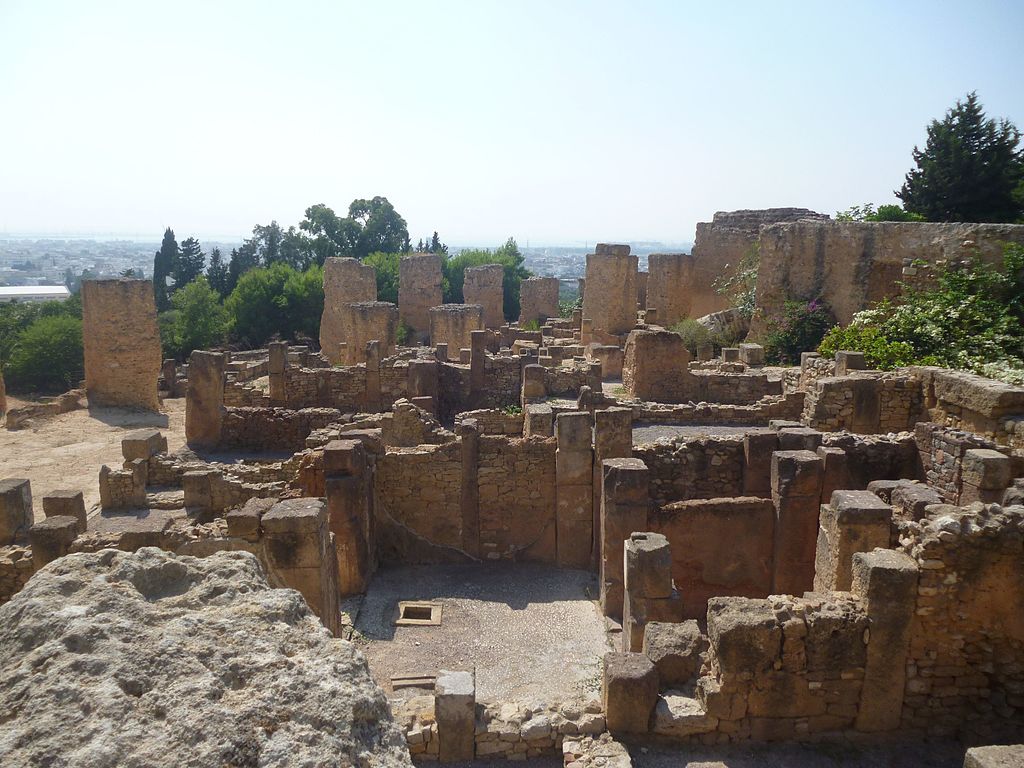 Christian Manhart, CC BY-SA 3.0, Wikimedia Commons
Christian Manhart, CC BY-SA 3.0, Wikimedia Commons
They Took Them Young
Most of the children in the tophet were only a few weeks old, and they were seemingly sacrificed to the Phoencian gods as thanks for blessing the parents.
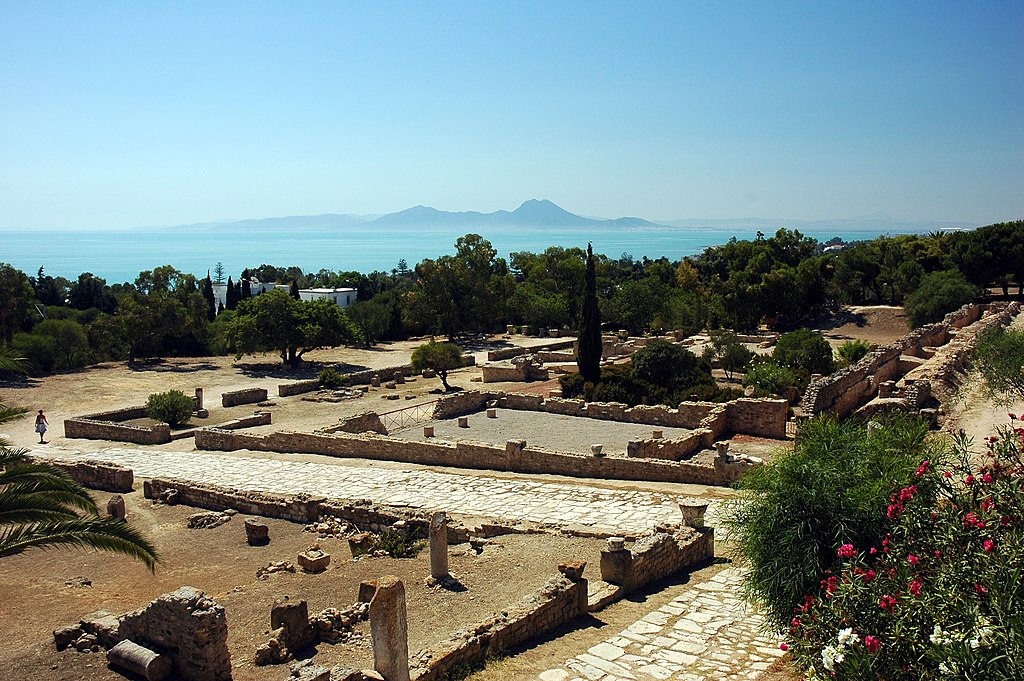 Calips, CC BY-SA 3.0, Wikimedia Commons
Calips, CC BY-SA 3.0, Wikimedia Commons
It's Still A Mystery
Though its become clear that they sacrificed children in Ancient Carthage, we still don’t know exactly why—and we probably never will. We have Rome to thank for that.
They Became Legendary
The Punic Wars between Rome and Carthage are still studied today, and Hannibal Barca’s legendary crossing of the Alps remains perhaps the most legendary accomplishment by any Carthaginian—but it doesn’t matter if you’re the loser in the end.
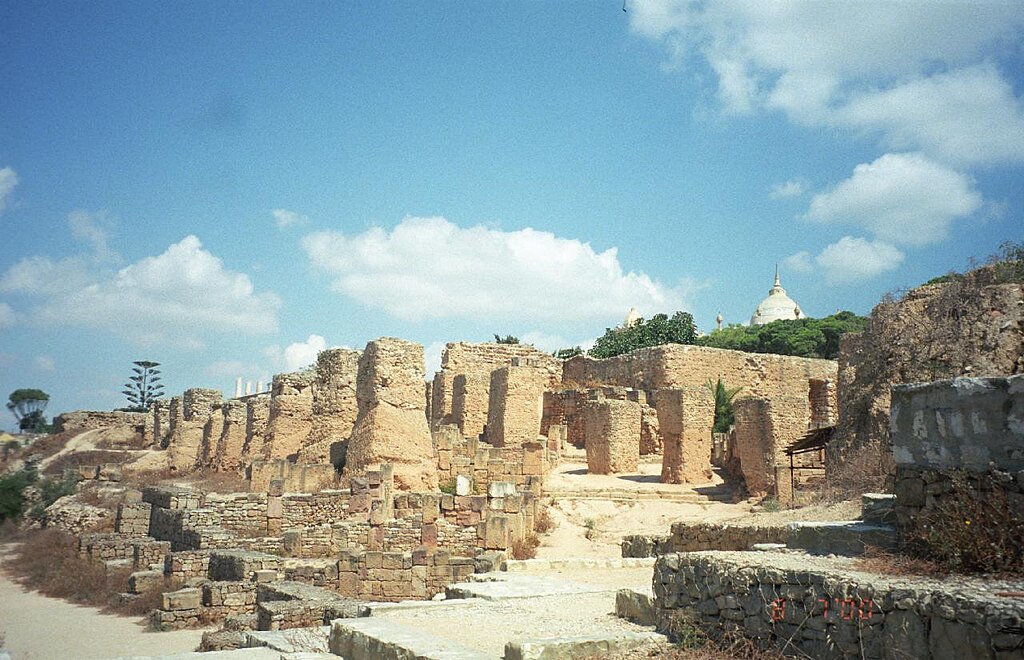 upyernoz, CC BY 2.0, Wikimedia Commons
upyernoz, CC BY 2.0, Wikimedia Commons
They Lost
When Rome finally triumphed in the Third Punic War, they did their best to wipe Carthage off the face of the earth. Though it’s most likely a myth that they literally salted the earth, they razed the city and banned anyone from resettling the region.
Tunis was eventually founded nearby, but it took nearly a century before people returned.
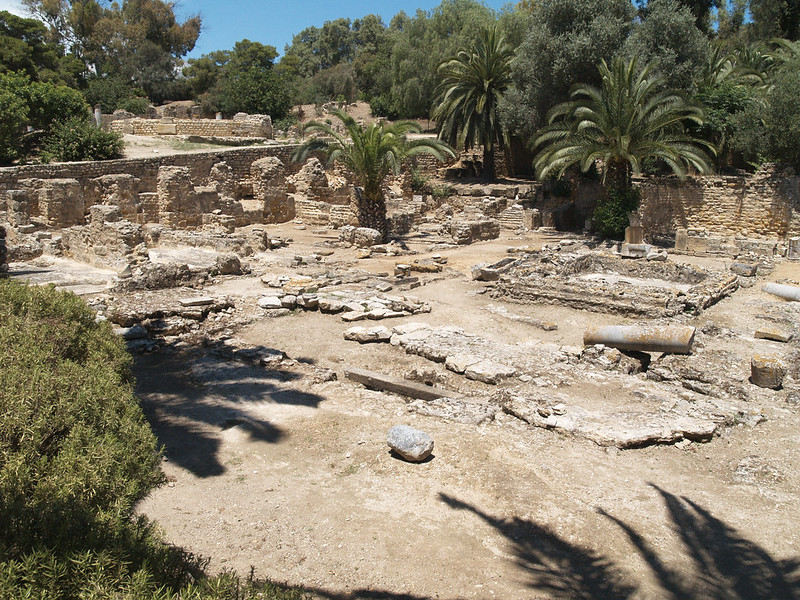 Institute for the Study of the Ancient World, Flickr
Institute for the Study of the Ancient World, Flickr
Sumer Was The First Civilization
The region of Sumer in modern-day Iraq was the first civilization in human history, beginning as early as 5000 BC, though because it was so long ago, the stages of their development are hard to pin down exactly.
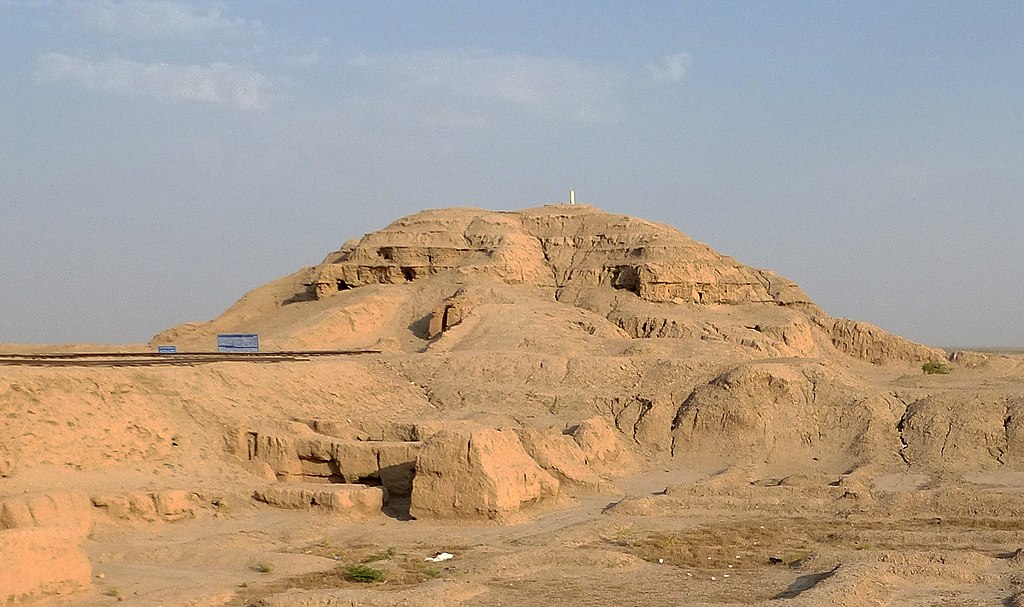 tobeytravels, CC BY-SA 2.0, Wikimedia Commons
tobeytravels, CC BY-SA 2.0, Wikimedia Commons
We Don’t Know Where They Came From
The Sumerian language is unlike any other language in the region, so historians believe they originally arrived at Sumer from somewhere else, likely West Asia or North Africa.
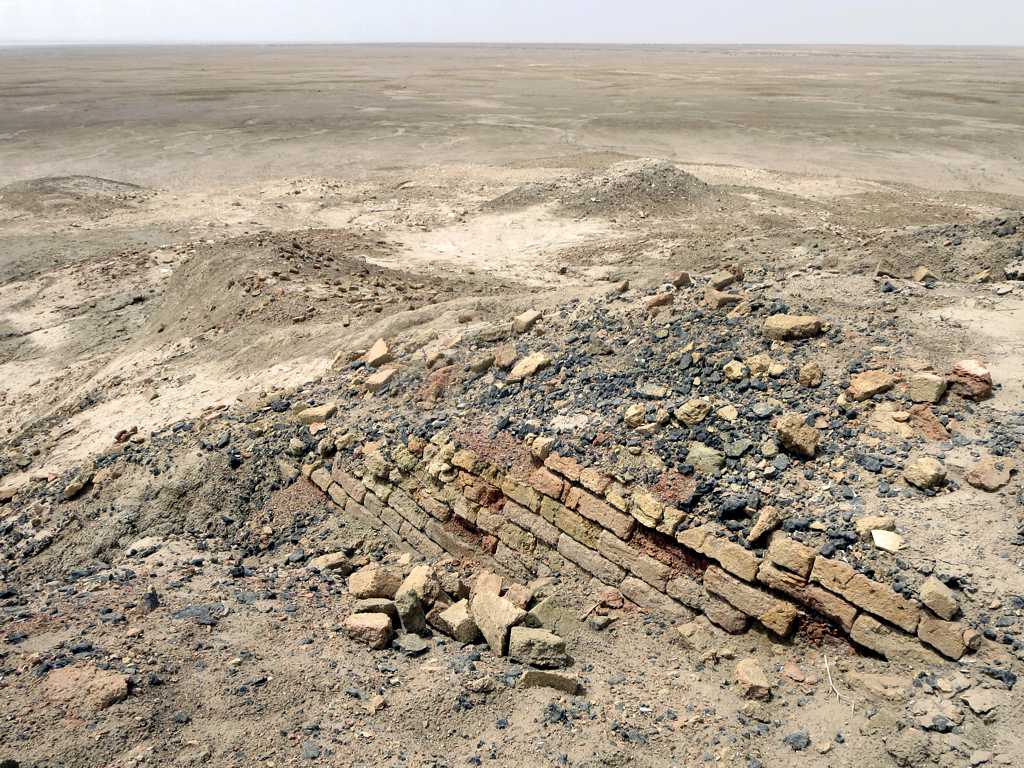 David Stanley, CC BY 2.0, Wikimedia Commons
David Stanley, CC BY 2.0, Wikimedia Commons
The Black-Headed People
The Sumerians called themselves the “sag̃-gíg”, or the “Black-Headed People”.
 Metropolitan Museum of Art, Wikimedia Commons
Metropolitan Museum of Art, Wikimedia Commons
Sumer Was The First Civilization
The Sumerians owed much of their development to the Euphrates and Tigris rivers of ancient Mesopotamia. The regular flooding of these rivers enabled them to pioneer advanced irrigation techniques, boosting their food surplus and paving the way for urbanization and specialization.
Ur
One of the greatest Mesopotamian city-states was Ur, founded at the mouth of the Euphrates. It was founded ca. 3800 BC. That means that when the Great Pyramid of Giza was built, Ur was already well over 1,000 years old.
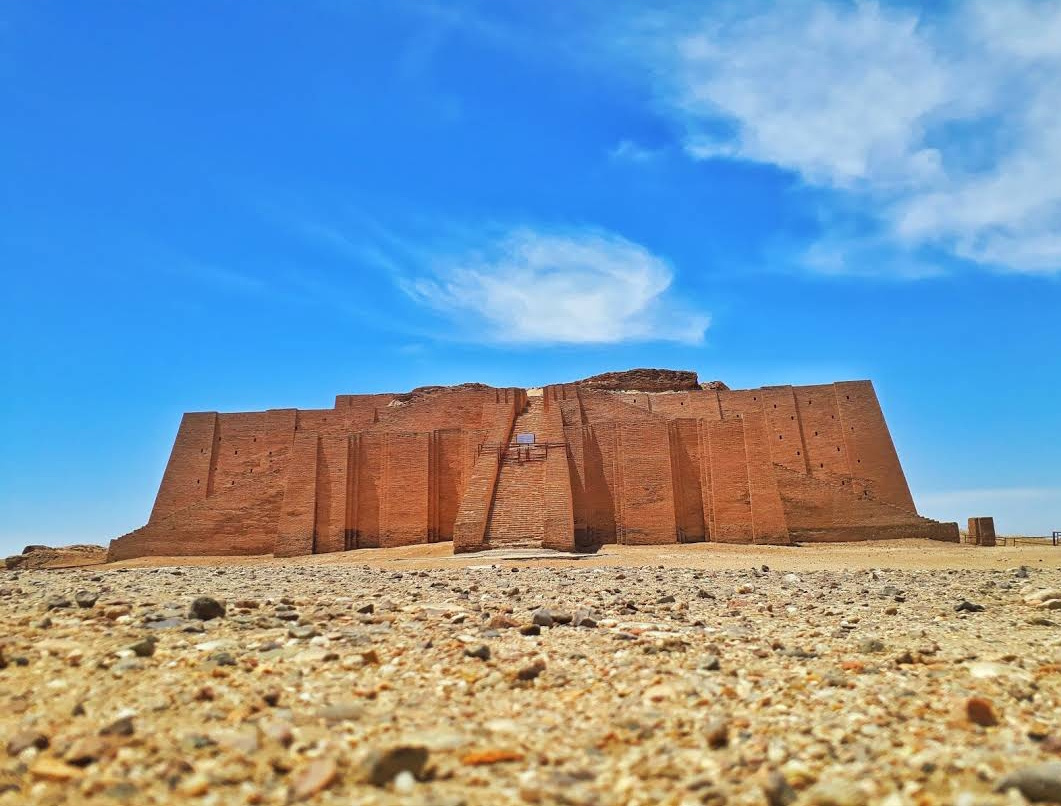 مجتبى حميد (Mojtaba Hamid), CC BY-SA 4.0, Wikimedia Commons
مجتبى حميد (Mojtaba Hamid), CC BY-SA 4.0, Wikimedia Commons
Writing
Being the first civilization, the Sumerians invented a LOT of things, but the most important advancement has got to be writing. Using wedge shaped styli on soft, clay tablets, cuneiform was the first writing system ever developed—and it means, despite the age of the Sumerian civilization, we actually know a lot about them.
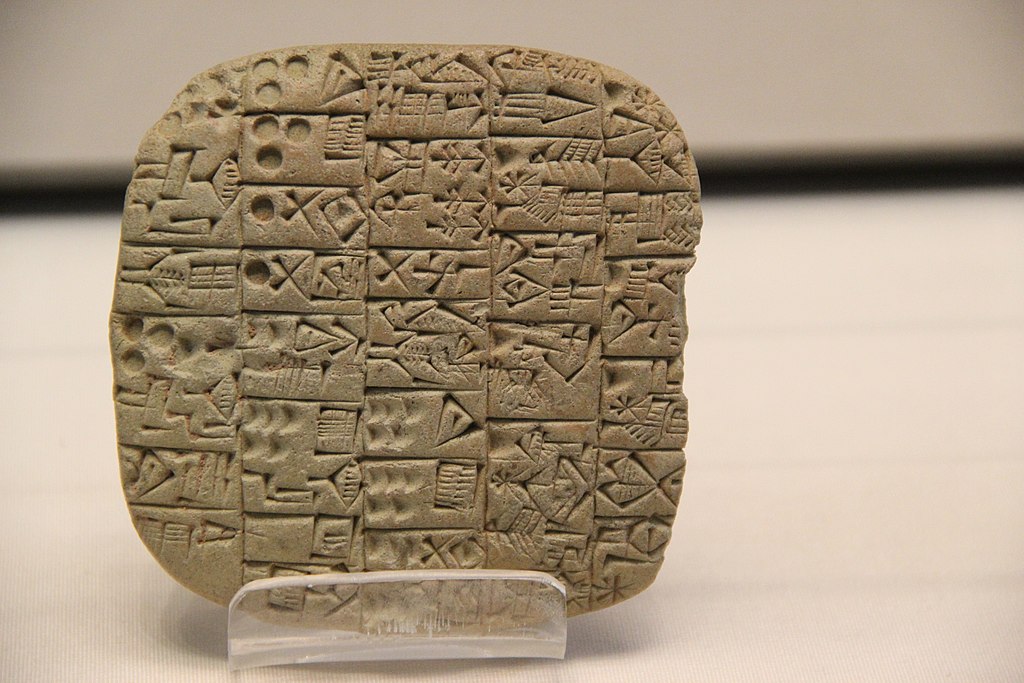 Gary Todd from Xinzheng, Wikimedia Commons
Gary Todd from Xinzheng, Wikimedia Commons
Uruk
Uruk (different from Ur) was probably the height of Sumerian culture. At its peak around 2800 BCE, it was the largest city in the world, with broad, defensive walls unlike any that had been built before and a population of up to 80,000 people.
The List Of Kings
Thanks to cuneiform, we have a detailed list of Sumerian kings—and even one queen. However, this list isn't exactly a reliable historical record. One king, for instance, is said to have lived for over 40,000 years.
 Marie-Lan Nguyen, CC BY 4.0, Wikimedia Commons
Marie-Lan Nguyen, CC BY 4.0, Wikimedia Commons
They Loved A Brewski
Perhaps unsurprising given their affinity for agriculture, the Sumerians loved beer. They called it the key to a “joyful heart and a contented liver” and even had their own goddess of brewing, Ninkasi.
 BabelStone, CC BY-SA 3.0, Wikimedia Commons
BabelStone, CC BY-SA 3.0, Wikimedia Commons
They Ruined The Soil
The Sumerians were among the first to practice large-scale farming, but they didn’t fully understand the impact of constant plowing, planting, and harvesting on the soil. By the early 2nd millennium BC, the land had become so salty that crops could barely grow.
As more powerful cultures like the Babylonians and Persians rose to prominence, Sumer’s legacy faded, and all knowledge of the civilization was lost until the 19th century.


